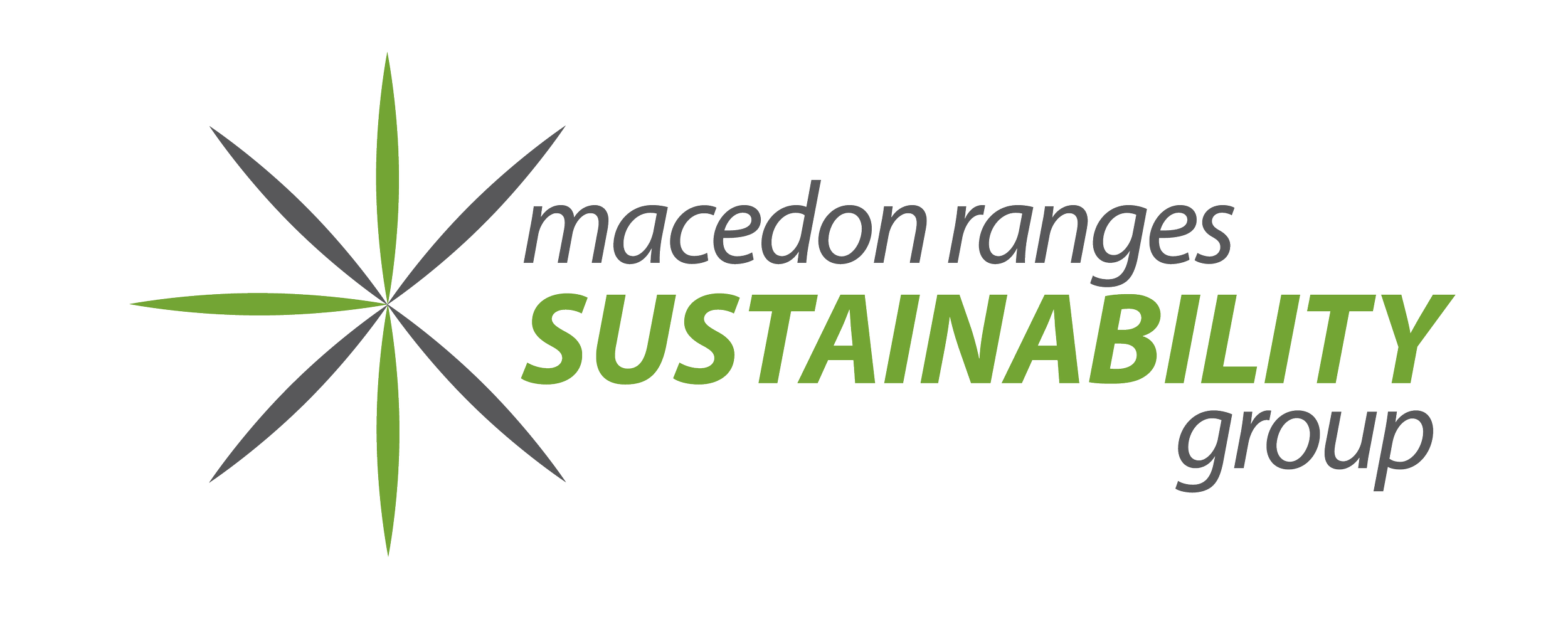What's the squeeze with skin care tubes?
Are squeeze tubes recyclable?
We get asked this question every month at the Waste Action Recycling stall at Woodend Farmers’ Market.
So many products now come in pliable plastic tubes: skin creams, sun screen, shampoo and conditioner, make-up, shaving cream, toothpaste, paints, even some food stuff comes in a squeeze tube. With so much of this stuff on our shop shelves, it should be recyclable, right?
But often the symbols on the package are confusing and unfamiliar, with no obvious way to identify what the tubes are made from, or if they are recyclable in Australia.
The symbol at the top indicated by the red arrow simply shows the Period After Opening, or the estimated life span of the product.
The next symbol of two arrows in a circle shows that the manufacturer makes a financial contribution to a recycling program, probably in the country of origin.
The final symbol indicates what type of plastic the product is made of and determines whether it is recyclable.
The problem with squeeze tubes is that they can be made of so many different materials. If you just take a look in your bathroom cupboard, you are likely to find tubes made of aluminium, laminated layers of aluminium and plastic, layers of soft and harder plastics and some that are fairly rigid plastic. They can also have labelling made from different types of plastic.
One key lesson we have learned from the waste crisis is that items made from composite materials are MUCH harder to recycle.
Here in the Macedon Ranges, we can recycle some composite items such as Tetrapak milk and juice cartons which can go in the yellow bin to be sorted and recycled at a special facility, and toothpaste tubes which can be sent to Terracycle via community collection points. But in general, squeeze tubes cannot go into the kerbside recycling and are not being collected by Terracycle.
What’s the answer? Go back to the first and most important of the R’s – REFUSE or avoid the problematic waste in the first place. This is easier said than done, admittedly, but if you notice that those pesky tubes are filling up your landfill bin, it might be time to look for some alternatives. Try buying sunscreen in a large rigid plastic container (rigid plastic is highly recyclable), and decant into smaller containers when you travel. Lots of skincare now comes in glass jars. Try using a shaving bar.
One important thing to note: steer clear of any plastic-type packaging that claims to be “biodegradable”. And no matter what you do, DON’T put these products into the recycling bin. Unfortunately, packaging that claims to be environmentally friendly by being made of plant materials does not break down under landfill conditions, and importantly, it contaminates the recycling stream if it gets mixed up with otherwise recyclable items.
Until we can get better labelling and packaging laws in place, we remain in the dark about much of what can and cannot be recycled. If in doubt, chuck it out - into the landfill bin.
Squeeze tubes might be convenient, but they don’t cut the recycling mustard and we need to develop new approaches to our Summertime slip, slap & slop.


